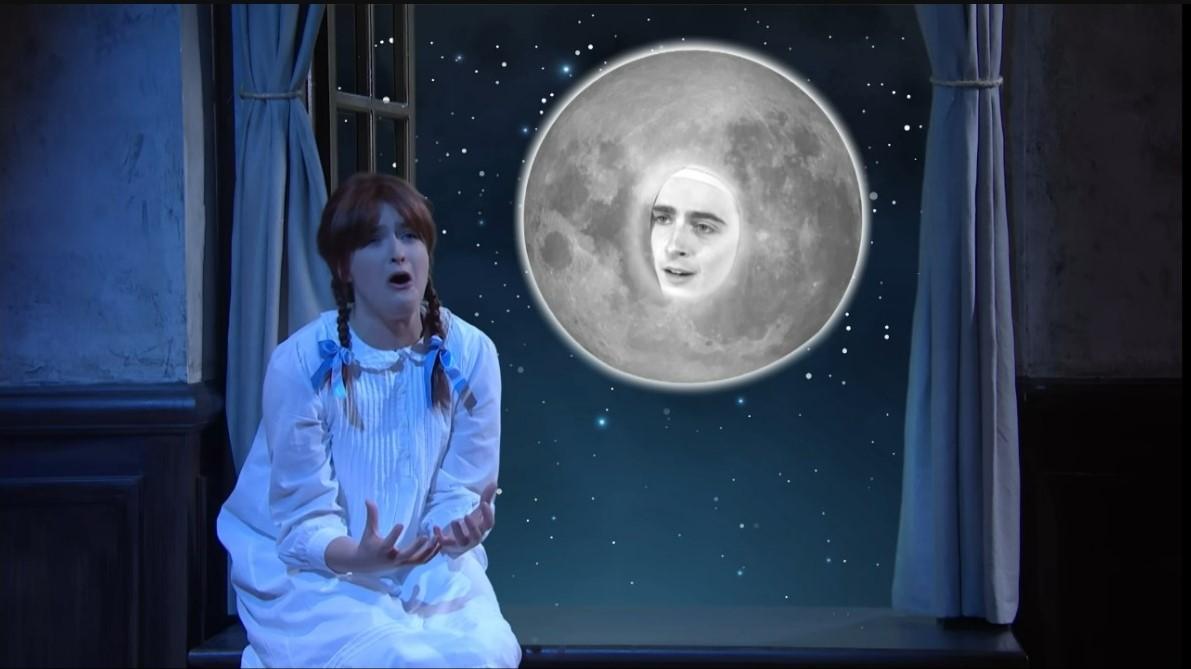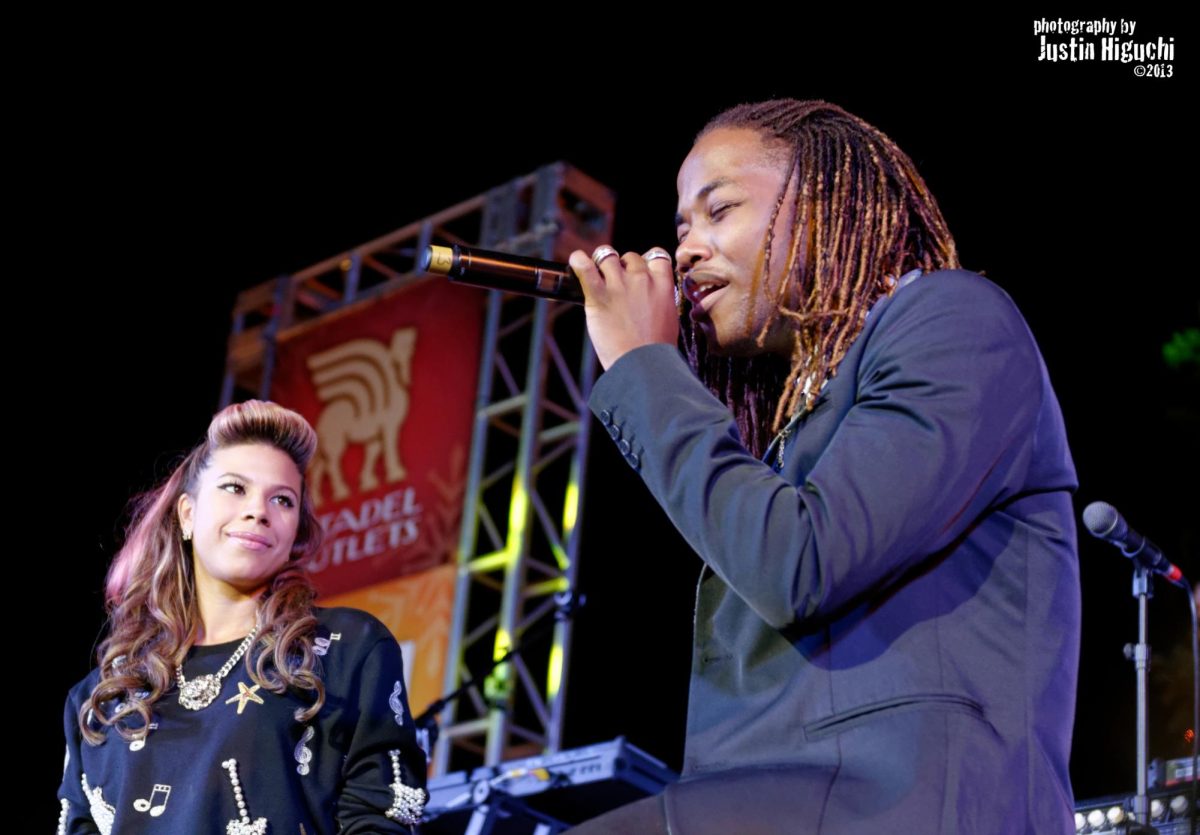In the world of comedy, “Saturday Night Live,” better known as “SNL,” has been considered a cultural staple since its first episode premiered on NBC on Oct. 11, 1975. However, the late-night live sketch show has had a turbulent history, with many considering the current show to be the worst it’s ever been.
A casual glance at recent headlines describes the current conversation – “The sad, painful death of Saturday Night Live,” writes Spiked; “The Internet Isn’t Dead. It’s Saturday Night Live,” according to Wired; “Is It Finally Time to Put ‘Saturday Night Live’ to Bed,” writes The Wrap. When SNL was on break due to the recent writer’s strike, a 2023 poll curated by Newsweek revealed that 50% of American adults said they do not miss SNL at all. The show is also losing the interest of younger audiences, namely Gen Z, as comedy moves away from sketch comedy and towards platforms like TikTok and YouTube. Declining ratings confirm this verdict: Season 47, airing in 2021, saw a 35% drop in ratings from the previous year.
Despite the “death of SNL” allegations, the show is preparing for its 50th season next year, in 2025. Clips of sketches still garner millions of views on Youtube and X. Just this season, SNL reclaimed some social cred by inviting in-demand celebrities to host, such as Bad Bunny, Jacob Elordi and Ayo Edebiri. Recent musical guests on the show, like boygenius and Olivia Rodrigo, also demonstrate SNL’s attempt to attract viewers from the younger generation. In a determined effort to remain relevant, an Oct. 2022 sketch portrayed Miles Teller and Mikey Day as bank robbers in the middle of a heist when the hostages’ BeReal notifications go off. Teller is convinced to download the app (“It’s the only honest social media,” claims Bowen Yang’s hostage character) and to take a selfie of his robbery, incriminating himself.
SNL’s endeavors to grow its audience fall short of addressing the main critique of the show – it’s just not funny anymore. After the departure of some of its bigger breakout stars in the past few years, such as Pete Davidson, Kate McKinnon and Cecily Strong, SNL has failed to produce a new generation of talent to guide the show into its next era. This problem stems from an over reliance on big-name cast members to guarantee views, which worked when said cast members were still employed at SNL but proved tricky when they all departed. Most of my favorite sketches are from such past seasons, including “The Californians” and “The Shooting AKA Dear Sister,” played by legendary cast members “at the peak” of their comedy career.
Personally, I believe that SNL is just in a transition phase. Recent additions to the cast, specifically Devon Walker and Chloe Troast, seem promising. Troast, who was just named one of Just for Laugh’s New Faces of Comedy, made headlines with her breakout sketch, “Little Orphan Cassidy,” where she plays an orphan wondering why nobody will adopt her. “Is it ’cause of my hair? Is it ’cause of my laugh? … Is it ’cause I’m 26 years old?” Troast delivers. “Wait, what?” the Moon, played by Timothée Chalamet, responds.
It should seem obvious that there are peaks and valleys to SNL’s sketches. While many viewers reminisce about departed cast members and complain about the comedic talent of the current cast, there are certainly still good moments. For example, Scarlett Johanson’s recent parody of Alabama Senator Katie Britt’s response to the 2024 State of the Union Address was praised by audiences and received 5.7 million views on YouTube.
Though SNL may not always strike comedy gold, it’s been considered as a pillar of American comedy and social commentary for almost fifty years, which should be taken into account before completely trashing it. If SNL wants to hold on to its audience, though, the show needs to invest in the growth of its newer cast and discover what younger generations deem to be funny.




